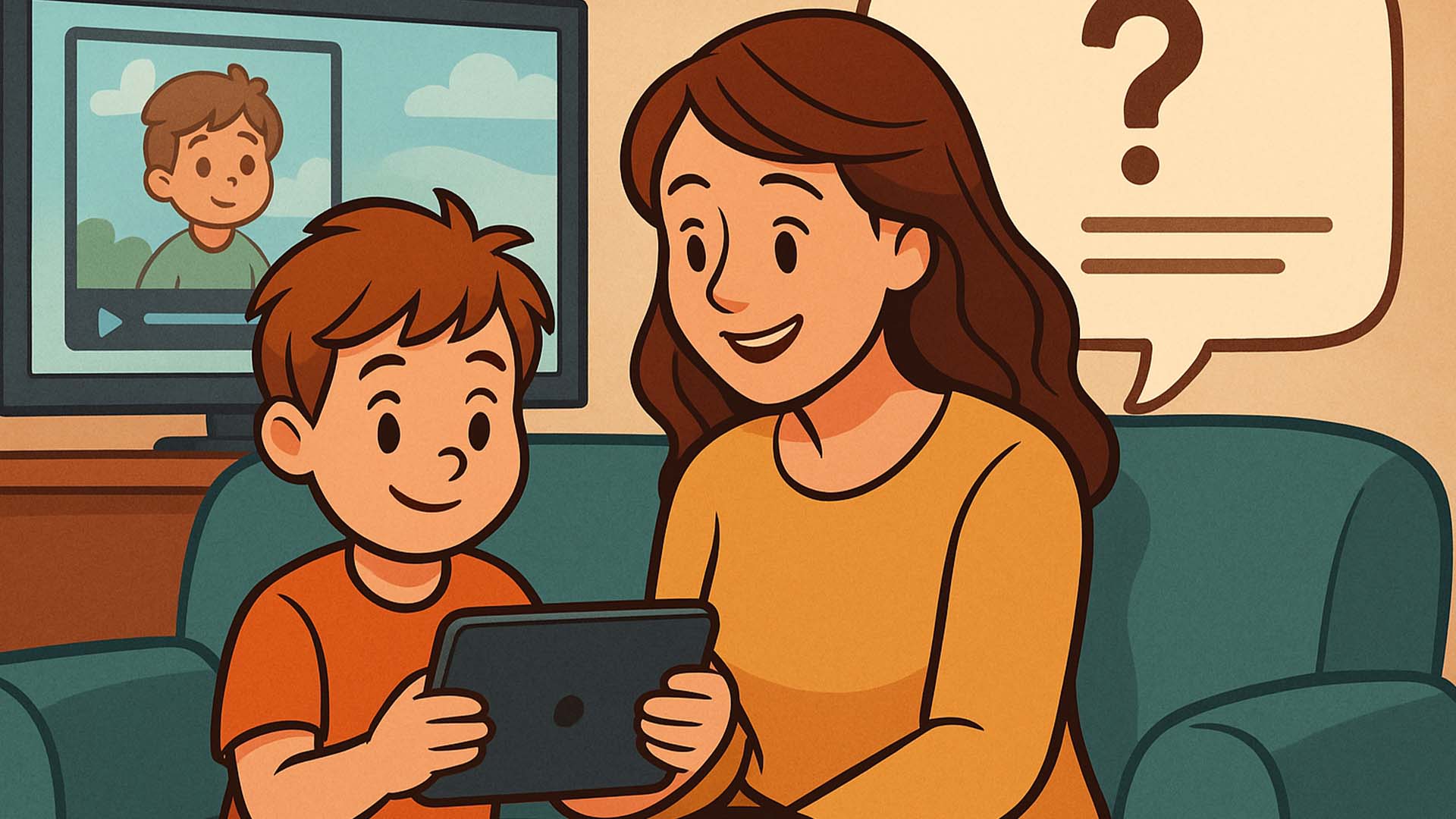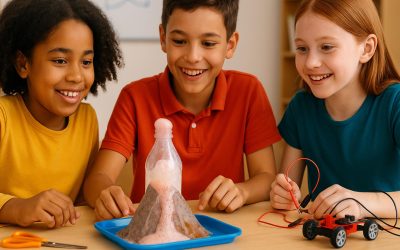What if a kid’s screen habit became a moment for connection instead of isolation? eaSEL does just that. By generating discussion prompts after videos, it helps parents and children explore emotions together. A study showed eaSEL increased emotional reflection and stronger parent-child bonds—all without extra time or effort.
How eaSEL Works
- Automated Prompting: After a show, AI offers reflective questions.
- Conversation Starter: Helps children articulate feelings and ideas.
- Family Engagement: Simple prompts spark meaningful chats.
Research Findings
In trials with 20 parent-child pairs, families reported deeper emotional reflection and communication—without added effort. facebook.com+15arxiv.org+15businessinsider.com+15
Benefits for Kids
- Emotional Awareness: Naming thoughts and feelings builds emotional intelligence.
- Communication Skills: Children learn to explain opinions and listen actively.
- Parent Engagement: Structured prompts ease parents into meaningful discussions.
Tips for Use
- Watch Together: Co-viewing helps parents respond in context.
- Follow AI Prompts: Let children lead with questions.
- Encourage Sharing: Make talking about feelings a natural habit.
- Track Growth: Monitor topics children reflect on over time.
Conclusion
eaSEL turns passive media consumption into active emotional education. By prompting reflection and conversation, it empowers families to grow in emotional intelligence—one video at a time.
Q&A Section
Q1: Does it work with any video?
A1: Yes—eaSEL transcribes and analyzes content to generate tailored questions.
Q2: Is it time-consuming?
A2: Not at all—the prompts are short and designed for post-viewing integration.
Sources:
- Shen et al., “eaSEL: Promoting Social‑Emotional Learning…” arxiv.org








0 Comments